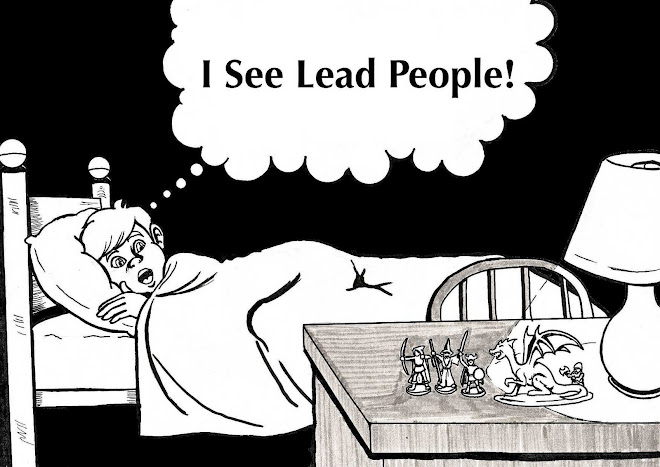One of the places I want to take my Victorian Science Fiction (VSF) adventures is the Hollow Earth. For those who are not familiar with the concept, the idea is that the Earth is Hollow and inside is a whole other world with its own inhabitants. In my version of this, these inhabitants are mostly the offspring of a lost Atlantean culture and the various servitor races either created intentionally or as byproducts of their lost science. There is more to it, but more on that later.
One of the races of this subterranean world is the goraks. Though this is a crude title granted to them by their loftier neighbors, it has nonetheless stuck and become the officialized name for them catalogued and used by explorers from the surface. The bestial goraks are not animal hybrids or even related to any particular animal species but are the degenerate products of once mighty labor servitors bred by the ancient Atlanteans.
Resentful and suspicious of the "Atlanteans" that rule over the better part of the Hollow Earth, they wage an on again off again conflict with them to maintain their independence and freedom. As they are not possessed of the same fair features and grace of the Atlanteans and seem to have little or no connection with the lost riches of that once mighty civilization, they are shunned by explorers, prospectors and envoys from the surface save for a hand full of naturalists.
Goraks are distinguished from other Hollow Earth races by their dark, slate colored skin, black hair and nearly hollow looking eyes. They wear clothing, dyed red through the use of various natural dyes though the Atlantean propagandists maintain that they are dyed in the blood of their victims. The goraks are omnivorous and though they do feast on the flesh of beasts, they are not the man-eaters they are depicted as. They live in semi-detached bands of a few dozens of individuals, dwelling in mud huts. When needed, they can gather their individual bands into quite sizable forces, led by a council of senior warriors.
The technology of the goraks is relatively low. They maintain a good degree of basic metal working, using the abundant iron deposits of the Hollow Earth to force strong blades and shields. They also fight with spears, clubs and more simple weapons. Since contact with the surface has been established, some enterprising tribes have started to trade in gems, jewels, and exotic materials such as gravicite and elusive impervium used to such great effect by the ancient Atlanteans. They trade these materials for the guns and ammunition of the surface-dweller, hoping to use them against the Atlanteans.
Figure Notes: The miniatures are all 15mm Beja Warriors from the colonial range of Lancashire Miniatures. I haven't gone to town on detailing them because I'm more of a tabletop quality painter and want to get the figs on the table. These are actually pretty nice figs with good animation and crisp, though not stellar details. There was a little flash and a couple of broken weapons in the packs I received. Another note on Lancashire minis is that they are hit and miss in their scale and the quality of poses. These ones are good, but the Sea Peoples figures I bought to be Atleanteans, but more on those in another post.



































































Dude! Those look freaking awesome! I thought they looked like Beja, but I didn't knwo who made them.
ReplyDeleteHollow World is a great idea. We are considering an expedition to the headfwaters of the Amazon once some more frogs get done.
Dangit great minds bro because I was going to have the Atlantians be in my world too and have a Pellucidar world in hollow world.. that's too funny. Great pictures and wonderful descriptions!
ReplyDeleteThanks guys. I think I'll pick up a bag of Old Glory Beja and build a huge horde of these guys to menace the European expiditions and their Atlantean allies.
ReplyDelete